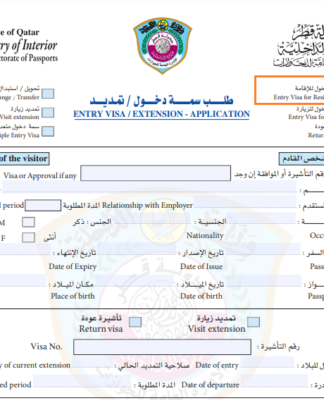European planes are the safest they’ve ever been – here’s why
A Lufthansa Airbus A321 takes off from Lisbon at sunrise
By Saskia O’Donoghue
Published on 29/02/2024 – 12:50•Updated 17:52
Share this article
Comments
Good news for nervous fliers: Planes in Europe are the safest they’ve ever been.
Flying in Europe is at its safest level since records began, according to new research from the International Air Transport Association (IATA).
Findings in their 2023 annual safety report for global aviation show that, in Europe alone, the ‘all accident’ rate improved from 0.98 per million sectors in 2022 down to 0.48 accidents in 2023.
That statistic is significantly better than the continent’s 5-year average of 0.77 accidents per million.
Better still, Europe has had a fatality risk of zero since 2018. Interestingly, the largest proportion of recorded accidents were down to landing gear collapses, something which happens when plane mechanics are not functioning correctly.
The ‘quiet’ jet from NASA that could usher in a new era of supersonic air travel
Armchair travel and carbon passports: Experts predict dystopian future if we don’t cut emissions now
How did the rest of the world’s flight safety compare in 2023?
While AITA says aviation is continuing to make impressive progress on safety globally, Europe is one of the safest regions.
In fact, most regions had an improved ‘all accident’ rate compared to 2022 – with the exceptions of North America and Asia Pacific.
While no regions at all experienced a jet hull loss in 2023, Asia-Pacific did record a fatal turboprop hull loss. That was a loss-of-control accident in Nepal in January 2023 which resulted in 72 fatalities.
North America had no fatal accidents, but its ‘all accident’ rate did rise from 0.53 per million sectors in 2022 to 1.14 in 2023.
Nevertheless, that figure is still better than its 5-year average for the region of 1.21 per million.
“2023 safety performance continues to demonstrate that flying is the safest mode of transport. Aviation places its highest priority on safety and that shows in the 2023 performance. Jet operations saw no hull losses or fatalities. 2023 also saw the lowest fatality risk and ‘all accident’ rate on record.”
Willie Walsh
IATA’s Director General
As flight volume increased, so did onboard safety
In 2023, there were some 37 million aircraft movements – both jet and turboprop – which was an increase of 17% on the previous year.
Across all global sectors, the ‘all accident’ rate was 0.80 per million – that equals one accident for every 1.26 million flights.
That’s not only an improvement from 1.30 in 2022 – but also the lowest overall rate in over a decade.
The fatality risk of flying has also significantly decreased, especially over the last 5 years.
An Austrian Airlines plane takes off from the airport in Munich, southern Germany
An Austrian Airlines plane takes off from the airport in Munich, southern GermanyMatthias Schrader/The AP/File
Statistically, at that level of safety, a person would have to travel by air every day for 103,239 years to experience a fatal accident.
Willie Walsh, IATA’s Director General, says although the findings are positive, there is still a way to go in making air travel entirely safe.
“Even if flying is among the safest activities a person can do, there is always room to improve. This is what we have done throughout our history. And we will continue to make flying ever safer,” Walsh said.
“Safety enhancements and the prevention of future accidents stem from learning from past incidents. For airlines, this means cultivating a robust safety culture where every employee feels accountable for safety and is motivated and expected to report safety-related information,” he added.






























